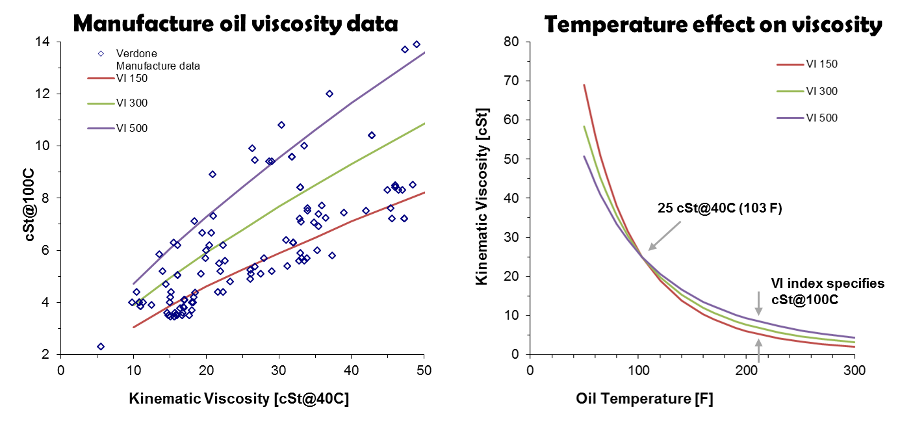

#Cst viscosity iso#
Each ISO viscosity grade number designation corresponds to the mid-point of a viscosity range expressed in centistokes (cSt) at 40☌. Always use respirators and components tested and approved under appropriate government standards such as NIOSH (US) or CEN (EU). The viscosity at different temperatures can be calculated using the viscosity at 40☌ and the viscosity index (VI), which represents the temperature dependency of the lubricant.

Where is the density difference between fluid and sphere tested, a is the. If a sphere is dropped into a fluid, the viscosity can be determined using the following formula: 2ga2() 9v 2 g a 2 ( ) 9 v. Use a full-face respirator with multi-purpose combination (US) or type ABEK (EN14387) respirator cartridges in absence of proper environmental control. Viscosity is measured in terms of a ratio of shearing stress to the velocity gradient in a fluid.

Respiratory Protection: If workplace exposure limit(s) of product or any component is exceeded (see TLV/PEL), or a risk assessment shows air-purifying respirators are appropriate, use of a NIOSH/MSHA approved air supplied respirator is advised. Eye wash and safety equipment should be readily available. This product should only by used by persons trained in the safe handling of hazardous chemicals.
#Cst viscosity skin#
(P404)ĭo not get in eyes, on skin or clothing. Skin contact: Immediately wash skin with soap and plenty of water. Assure adequate flushing by separating the eyelids with fingers. After initial flushing, remove any contact lenses and continue flushing for at least 15 minutes.


 0 kommentar(er)
0 kommentar(er)
